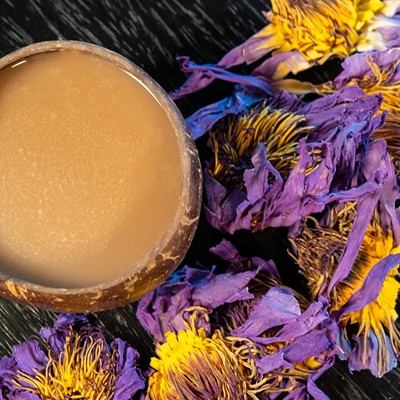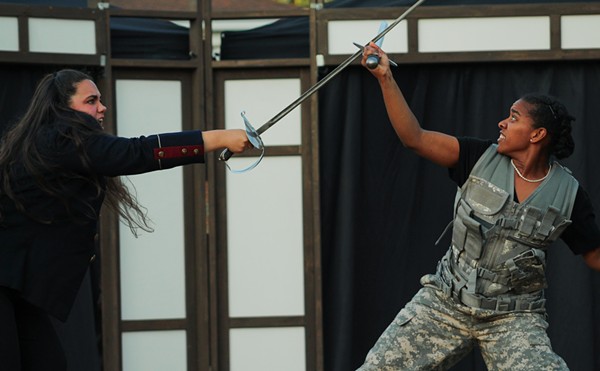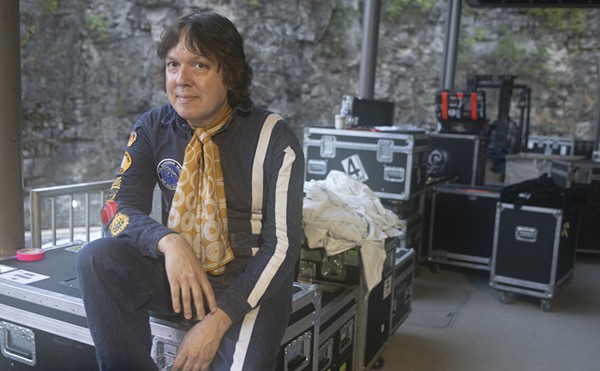When he built an anagama kiln (a sloping tubular chamber for firing clay with wood) in 1968, the 31-year-old ceramicist Yasuhisa Kohyama was a relative unknown. It was the first such kiln to be constructed since Japan's medieval period and a highly unusual attempt by a modern artist to recreate the rough aesthetic of Japan's ancient Jomon culture.
The effort attracted much attention in the small world of fine-art ceramics. It wasn't long before Sherman Lee, renowned expert on Asian art and then director of the Cleveland Museum of Art, acquired Kohyama's work, which mixes utilitarian and sculptural ideas. Cleveland was the first in a long list of great museums to collect the artist (including the Metropolitan Museum of Art and the Philadelphia Museum of Art).
In the following decades, Kohyama developed ties to Northern Ohio's own ceramics community. Last year, he visited the Cleveland Institute of Art, where he developed the pieces in the current show at the Sculpture Center. Kent State University artists Kirk Mangus and Eva Kwong — working with CIA's Judith Salomon, William Brouillard and Amy Sinbondit — located Ohio clays similar to the silicate-encrusted Japanese clay that Kohyama favors, then fired up an anagama-style kiln built into a Kent hillside. In the Sueki or wood-fire tradition, arranging objects to utilize the fire's path as it rushes with ever-increasing power and heat from a firebox at the lower end upward toward a flue is as much an art as making the objects themselves. Kohyama's work was carefully placed so that subtle coloration made by flame and fly ash would tint the work with pale ochres; it was angled so the brunt of the fire would smooth some parts and roughen others.
The result is a series of objects that have the look of sandstone exposed to long ages of wind and weather. They seem like artifacts from prehistoric times blended by imperceptible degrees with a more contemporary idealism. These are very simple, yet in complex ways, attractive objects, commanding the space they occupy in the graceful manner of beautiful, living things.
Some, like "Sora" (Space), a round vase more than five feet in circumference marked by a pale stain like a patch of light, are traditional vessel or vase-like forms. But "Homura" (Flame) rises from an angular base, then folds and flickers as it terminates in a two-part corona of clay. "Kaze" (Wind) is smooth on one side where the fire rushed past and is shaped like an axe or adze head with a hole at the top; it seems sharpened by centuries of wear. Still others, like the pretzel-like "Nishihe" (To West), are three-dimensional interpretations of classical Chinese written characters. Kohyama's mastery of clay, evoking elemental forces, seems to lever the solid reality of his materials out of the present, toward a distant past or future of essential form.












